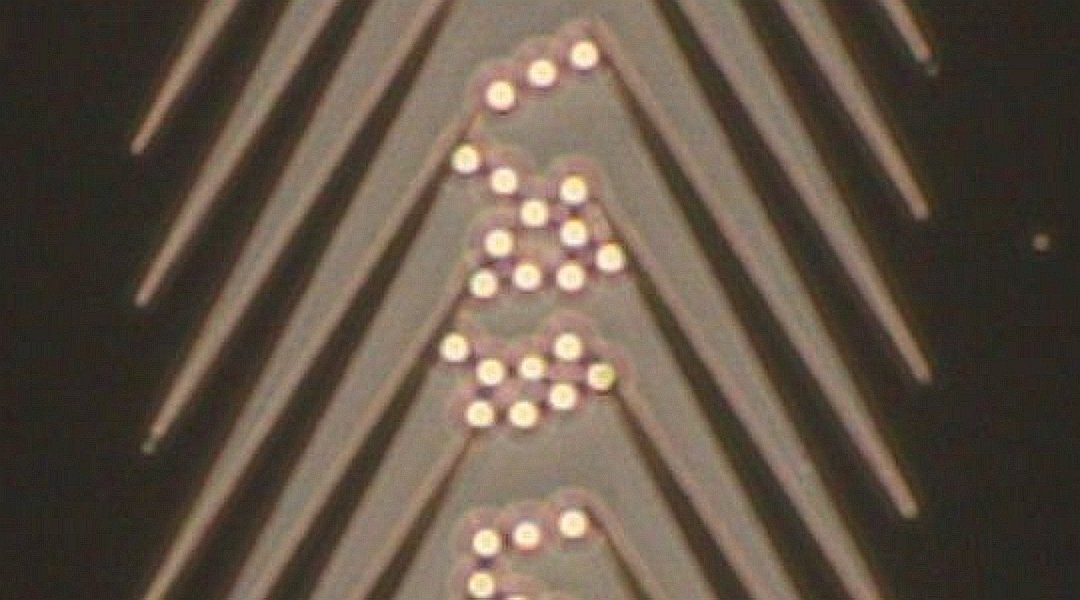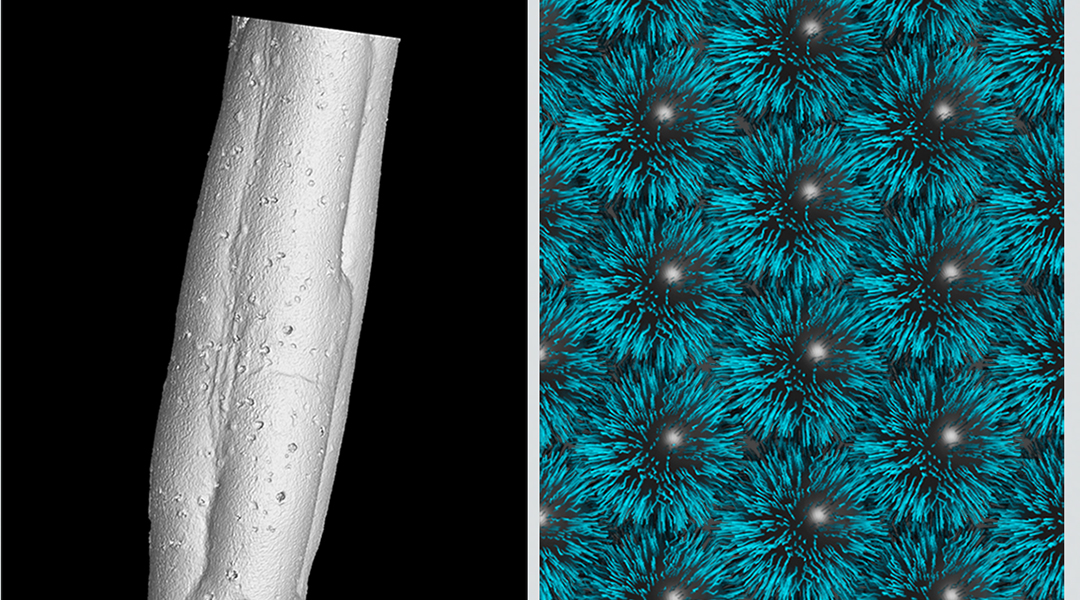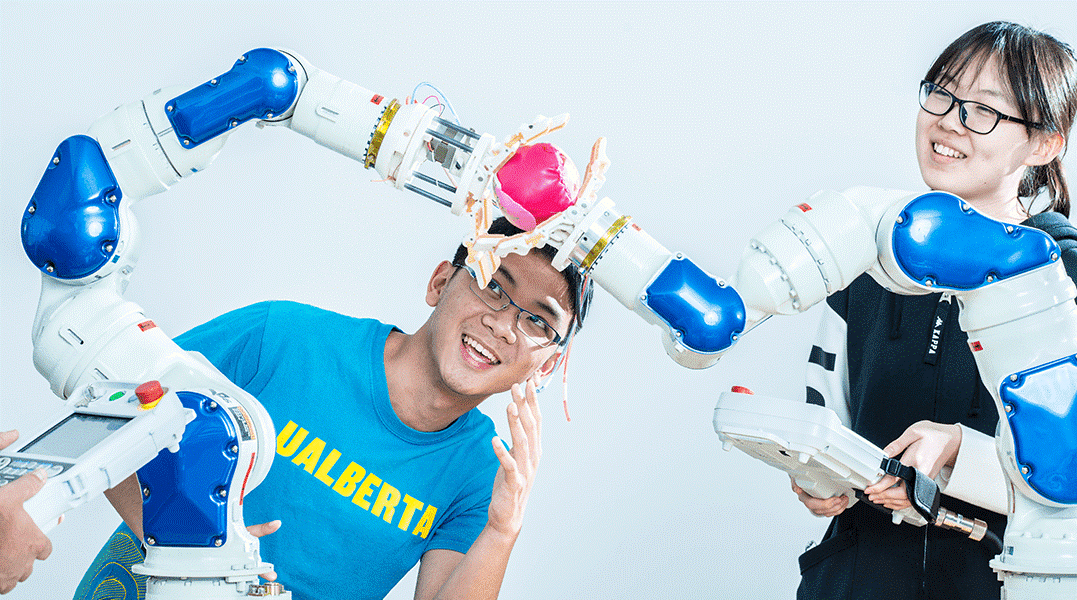An exciting and exotic approach to minimizing error in quantum computation re-purposes a known code to achieve what many researchers thought was impossible.


An exciting and exotic approach to minimizing error in quantum computation re-purposes a known code to achieve what many researchers thought was impossible.

Using an asymmetric sawtooth-shaped potential, researchers achieve transport of tiny molecules driven by particle crowding.

Researchers discuss how to extract valuable information from databases to aid decision making in emergencies, such as the current pandemic.

A new tool can diagnose sepsis in less than fifteen minutes, even with a very low concentration of biomarkers.

Convolutional neural networks provide stronger predictive performances for pharmacological assays compared to traditional machine learning models.

A team of data scientists has developed a general-purpose recommendation system for insurance based on Bayesian networks and deep learning.

Assembling nanoparticles into macroscale structures could provide new, durable materials for a range of fields and applications.

Researchers at KIT in Germany demonstrate reverse surface wettability by salinization.

Robotic systems have the potential to aid and complement healthcare in an effort to spark novel interdisciplinary initiatives between medical, engineering, and science communities.

A new technique opens up new possibilities in membrane fabrication.